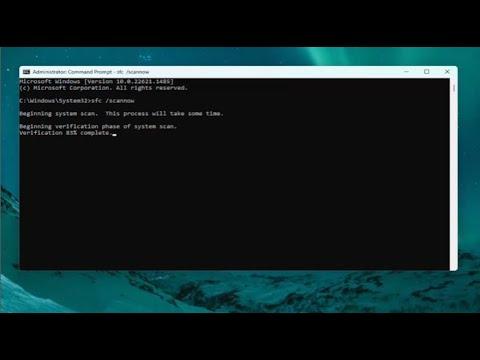When I encountered the DCOM Error 1084 on Windows 11, it felt like a daunting task. The error was causing issues with some of the applications on my computer, and I needed to find a solution. I decided to tackle the problem head-on, and here’s how I managed to fix it.
First, I started by understanding what DCOM is. DCOM, or Distributed Component Object Model, is a Microsoft technology that allows software components to communicate over a network. The DCOM Error 1084 typically indicates a problem with the permissions or configuration of DCOM components. To address this issue, I knew I would need to delve into the system settings and make some adjustments.
The first step in fixing the error was to open the Component Services application. I did this by pressing the Windows key + R to open the Run dialog, typing `dcomcnfg`, and pressing Enter. This action brought up the Component Services window, where I could manage DCOM settings.
Next, I expanded the Component Services node and then the Computers node. I right-clicked on “My Computer” and selected “Properties” from the context menu. In the Properties window, I switched to the “COM Security” tab. Here, I needed to configure the Access Permissions and Launch and Activation Permissions. I clicked on “Edit Limits” and made sure that the appropriate permissions were granted. For the most part, I set the permissions to “Local Launch” and “Local Activation” for all users and groups, but I paid particular attention to the settings for administrators.
After adjusting these permissions, I moved on to checking the DCOM configuration for the specific application causing the error. I went back to the Component Services window and expanded the “DCOM Config” node. I located the application that was triggering the error, right-clicked it, and selected “Properties.” In the Properties window, I again went to the “Security” tab and ensured that the permissions were set correctly. I adjusted the “Launch and Activation Permissions” to grant the necessary rights to users or groups.
One crucial aspect of troubleshooting DCOM errors is ensuring that the system’s security settings are not conflicting with the DCOM configurations. I checked the Local Security Policy by typing `secpol.msc` in the Run dialog and pressing Enter. In the Local Security Policy window, I navigated to Local Policies > User Rights Assignment. Here, I made sure that the necessary policies, such as “Act as part of the operating system” and “Log on as a service,” were correctly configured. These policies are essential for DCOM applications to function properly.
After making these changes, I rebooted my computer to ensure that all settings were applied correctly. The reboot was necessary because some changes, particularly those related to system services and security policies, require a restart to take effect.
Upon rebooting, I checked to see if the error was resolved. To my relief, the DCOM Error 1084 was no longer appearing, and the applications that were previously affected were now functioning properly. This process had required a combination of adjustments in the Component Services, DCOM Config, and Local Security Policy settings.
In summary, fixing the DCOM Error 1084 on Windows 11 involved several steps. I started by accessing the Component Services and adjusting permissions for “My Computer” and the specific application causing the error. I then checked and configured the Local Security Policy to ensure there were no conflicts. Finally, a system reboot was necessary to apply the changes. Through this methodical approach, I was able to resolve the issue and restore the normal operation of my applications.
